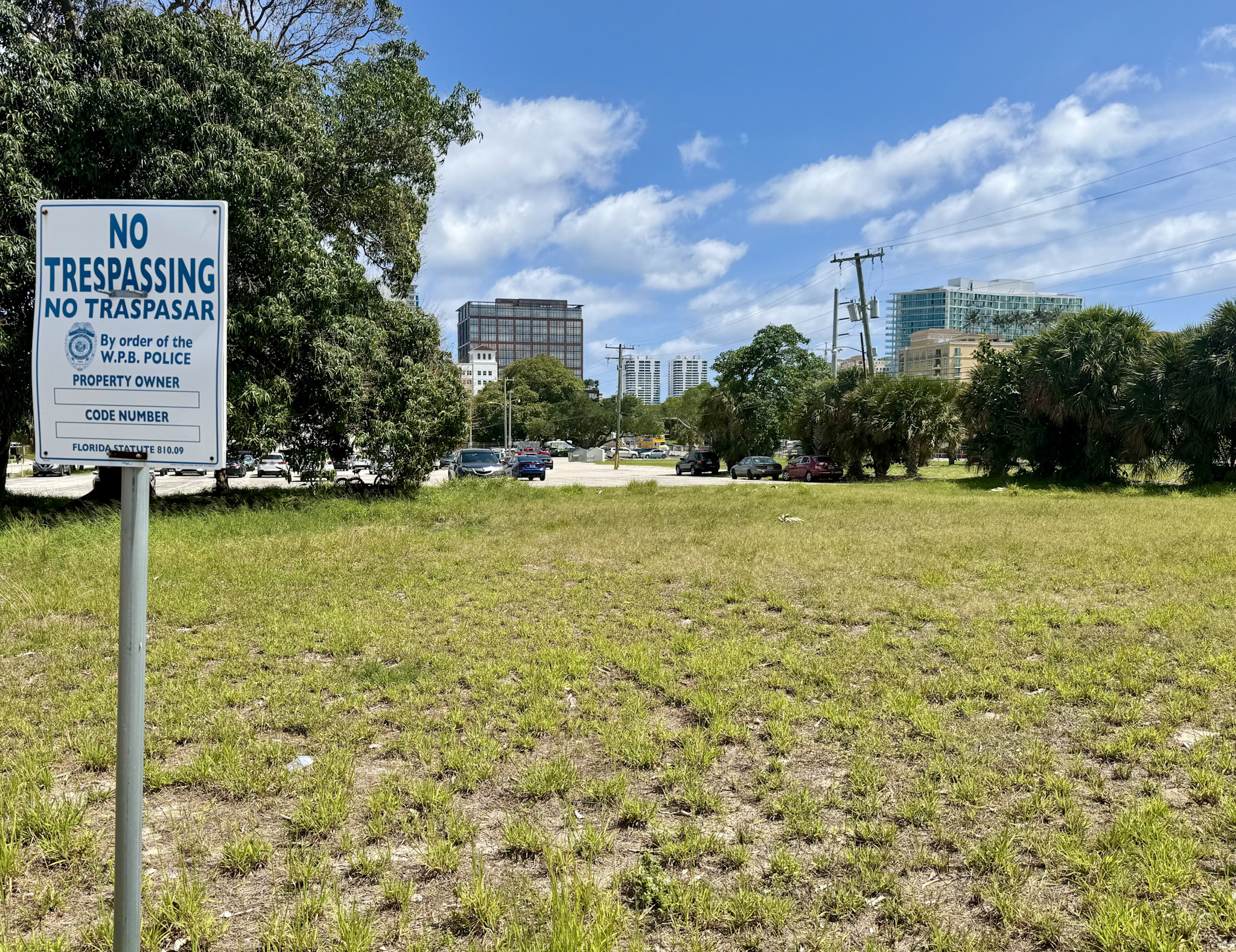Report on U.S. ‘Brain Drain’ and Sustainable Development Implications
Executive Summary
This report analyzes the potential consequences of a projected ‘brain drain’ from the United States, as outlined in a segment dated August 3, 2025. The exodus of highly skilled professionals, foreign students, and workers, attributed to new administration policies, poses a significant threat to the nation’s progress toward the United Nations’ Sustainable Development Goals (SDGs). The loss of human capital could reverse decades of advantage and detrimentally impact American society and its global standing.
Key Findings
- The United States is projected to lose thousands of highly trained professionals due to policies perceived as hostile to foreign talent.
- Professor Kellie Carter Jackson states this trend is a “huge detriment to American society,” risking the loss of a competitive advantage held for decades.
- Analyst Ray Suarez notes that other nations are actively welcoming the talent that the U.S. is making it “complicated and hard” for.
- This development directly challenges the foundations of several key SDGs related to education, economic growth, and innovation.
Impact Assessment on Sustainable Development Goals (SDGs)
SDG 4: Quality Education
The potential brain drain presents a direct challenge to ensuring inclusive and equitable quality education.
- Erosion of Academic Excellence: The departure of skilled academics and researchers diminishes the quality and global competitiveness of U.S. educational institutions.
- Reduced Access for Global Talent: Creating barriers for foreign students undermines Target 4.B, which aims to expand higher education scholarships for students from developing countries.
- Loss of Diversity: A decline in international students and faculty reduces the diversity of perspectives essential for a rich, collaborative, and innovative learning environment.
SDG 8: Decent Work and Economic Growth
The loss of a skilled workforce directly impedes the goal of promoting sustained, inclusive, and sustainable economic growth.
- Threat to Productive Employment: The exodus of “highly trained, intelligent professionals” is counterproductive to achieving full and productive employment and decent work for all (Target 8.5).
- Economic Stagnation Risk: A diminished talent pool can lead to skills shortages in key industries, hindering economic growth, productivity, and the nation’s ability to compete globally.
- Weakened Labor Policies: Policies that complicate the lives of foreign workers are inconsistent with the goal of protecting labor rights and promoting safe and secure working environments for all workers (Target 8.8).
SDG 9: Industry, Innovation, and Infrastructure
Fostering innovation is critically dependent on attracting and retaining top intellectual talent.
- Decline in Innovation Capacity: The loss of professionals in science, technology, and research directly threatens the nation’s ability to foster innovation and enhance scientific research (Target 9.5).
- Competitive Disadvantage: As other countries “put out the welcome mat,” the U.S. risks losing its leadership position in technological and industrial advancement.
SDG 10: Reduced Inequalities & SDG 17: Partnerships for the Goals
The policies foster inequality and undermine the global cooperation necessary for sustainable development.
- Increased Inequality of Opportunity: Limiting access for skilled individuals based on national origin works against the goal of promoting the inclusion of all, irrespective of origin (Target 10.2).
- Damaged Global Partnerships: Discouraging the international flow of talent weakens the global partnerships for sustainable development (SDG 17), which rely on the exchange of knowledge, science, and technology.
Analysis of Sustainable Development Goals in the Article
1. Which SDGs are addressed or connected to the issues highlighted in the article?
The article discusses issues related to a “brain drain” of skilled professionals and students from the United States, which connects to several Sustainable Development Goals (SDGs). The primary SDGs addressed are:
- SDG 4: Quality Education – The article highlights the impact on “foreign students” and the loss of “highly trained, intelligent professionals,” which is directly linked to the role of higher education in attracting and retaining talent.
- SDG 8: Decent Work and Economic Growth – The departure of “highly trained, intelligent professionals” and “workers” directly affects a nation’s human capital, innovation capacity, and overall economic productivity.
- SDG 10: Reduced Inequalities – The article touches upon migration policies that make life “complicated and hard” for foreign nationals, which relates to the goal of facilitating orderly and safe migration and reducing inequalities based on origin.
- SDG 16: Peace, Justice and Strong Institutions – The article implies that the “policies” causing the brain drain reflect institutional instability or a lack of inclusive decision-making, which affects the country’s ability to retain talent.
2. What specific targets under those SDGs can be identified based on the article’s content?
Based on the issues discussed, the following specific SDG targets can be identified:
- Target 4.b (under SDG 4): “By 2020, substantially expand globally the number of scholarships available to developing countries… for enrolment in higher education… in developed countries.” The article discusses a trend that runs counter to the spirit of this target. It describes the U.S. making life “complicated and hard” for foreign students, undermining its position as a destination for global talent and thereby reducing educational opportunities for international students.
- Target 8.2 (under SDG 8): “Achieve higher levels of economic productivity through diversification, technological upgrading and innovation…” The article warns that the “brain drain” of “highly trained, intelligent professionals” is a “huge detriment to American society,” which directly threatens the human capital required to drive innovation and maintain high levels of economic productivity.
- Target 10.7 (under SDG 10): “Facilitate orderly, safe, regular and responsible migration and mobility of people, including through the implementation of planned and well-managed migration policies.” The article directly addresses this target by contrasting the U.S. policies that make life “complicated and hard” for migrants with those of “other countries… ready to put out the welcome mat,” highlighting a failure to implement well-managed migration policies that facilitate mobility.
3. Are there any indicators mentioned or implied in the article that can be used to measure progress towards the identified targets?
The article mentions and implies several qualitative and quantitative indicators for measuring progress:
- For Target 4.b: The article states that “The U.S. is set to lose thousands of highly trained, intelligent professionals to other nations.” An implied indicator is the net outflow or retention rate of international students and graduates. A decrease in the number of foreign students enrolling or staying in the U.S. for work would indicate negative progress.
- For Target 8.2: The central theme of “America’s brain drain” is a direct indicator. Progress could be measured by the net migration rate of skilled professionals. The article suggests this rate is becoming negative for the U.S., which would signify a loss of the “advantage we’ve held for decades.”
- For Target 10.7: The article implies an indicator related to the attractiveness and openness of national migration policies. This can be measured by tracking the number of skilled worker visas issued or the change in immigration policies affecting foreign students and workers. The phrase “other countries are ready to put out the welcome mat” suggests a comparative indicator of how welcoming U.S. policies are relative to other nations.
4. Summary Table of SDGs, Targets, and Indicators
| SDGs | Targets | Indicators Identified in the Article |
|---|---|---|
| SDG 4: Quality Education | Target 4.b: Substantially expand the number of scholarships for higher education in developed countries. | The number of “foreign students” and “highly trained” professionals leaving the U.S. (Implied: Retention rate of international students). |
| SDG 8: Decent Work and Economic Growth | Target 8.2: Achieve higher levels of economic productivity through innovation. | The “brain drain” of “highly trained, intelligent professionals” (Implied: Net migration of skilled labor). |
| SDG 10: Reduced Inequalities | Target 10.7: Facilitate orderly, safe, regular and responsible migration and mobility of people. | The implementation of policies that make life “complicated and hard” for foreign students and workers, in contrast to other countries putting out a “welcome mat.” |
Source: msnbc.com







